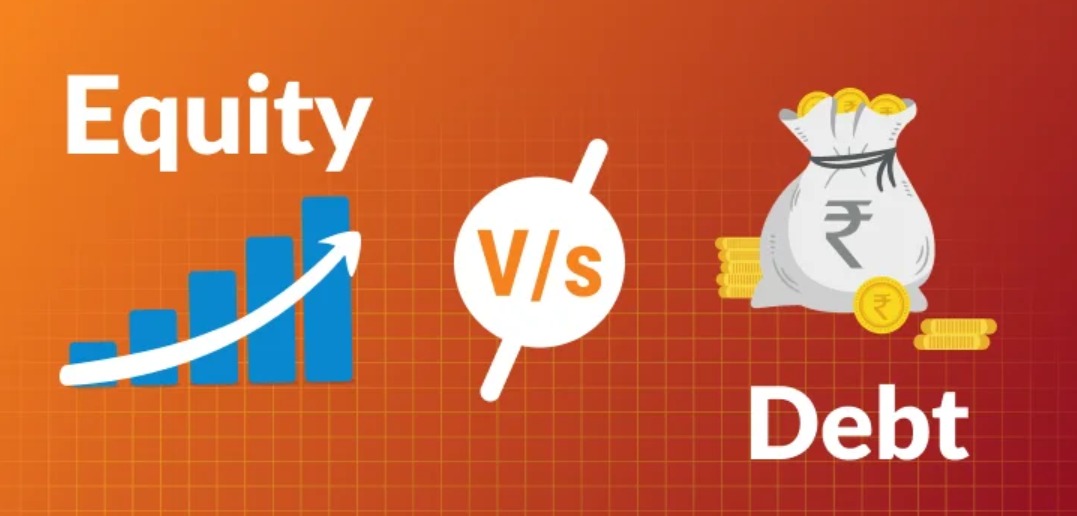Two primary methods of raising capital for a business, each with distinct characteristics, benefits, and drawbacks.
Debt:
Definition: Debt involves borrowing funds that must be repaid over time with interest.
Ownership: Borrowing does not dilute ownership; lenders do not have a claim to the company’s assets beyond the loan.
Repayment: Debt requires fixed repayments regardless of business performance.
Cost: Interest payments on debt are often tax-deductible, which can lower the cost of borrowing.
Risk: Higher debt increases a company’s financial risk, especially if revenue declines.
Examples: Bank loans, bonds, debentures.
Equity :
Definition: Equity is the process of raising capital by selling shares of the company, providing ownership stakes to investors.
Ownership: Selling equity dilutes ownership but doesn’t create a repayment obligation.
Repayment: Equity doesn’t require fixed repayments, but investors expect a return in the form of dividends or stock appreciation.
Cost: Equity is typically more expensive than debt in the long term because shareholders expect higher returns.
Risk: Since there are no fixed payments, equity doesn’t increase financial risk directly, but shareholders have a claim to profits and decision-making influence.
Examples: Common stock, preferred stock, venture capital.
Key Differences :
Risk to Business: Debt carries the risk of bankruptcy if obligations aren’t met, while equity reduces cash flow risk but dilutes control.
Cost: Debt might have lower upfront costs due to tax benefits, while equity may cost more but provides flexible capital.
Impact on Ownership: Debt has no impact on ownership, while equity results in ownership dilution.
▶ Conclusion: Companies often balance debt and equity to manage risk, cost, and control in their capital structure based on their growth stage, industry, and goals.


